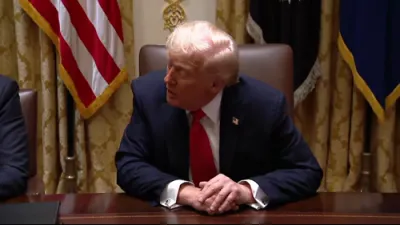דזשעי די ווענס אין קרית גת לויבט אויס די פארשריט פון טראמפ'ס מיטל מזרח שלום פלאן - בשעת זיין באזוך אין מדינת ישראל.
U.S. Vice President JD Vance expressed cautious optimism during his October 21, 2025, visit to Israel, marking one week since the implementation of President Trump’s historic Middle East peace plan. Speaking to reporters, Vance said the early progress of the U.S.-brokered Gaza ceasefire had surpassed expectations but warned that the path to lasting peace would require patience and persistence.
“We are one week into President Trump’s historic peace plan in the Middle East and things are going, frankly, better than I expected,” Vance said. “This is going to take a very, very long time.”
The vice president’s visit comes as part of a coordinated U.S. effort to solidify the fragile truce signed on October 14, following months of violent conflict between Israel and Hamas. The ceasefire is one of the key components of Trump’s broader September 2025 peace plan, which aims to end decades of hostilities through phased disarmament of Hamas, aid delivery, and hostage releases.
Vance announced the establishment of a Civilian-Military Cooperation Center (CMCC) in Gaza — a joint initiative between U.S., Israeli, and regional partners designed to coordinate reconstruction, ensure security, and manage humanitarian operations without deploying U.S. troops on the ground.
“Our mission here is not to occupy but to help stabilize,” Vance explained. “The CMCC will ensure that Gaza’s reconstruction happens responsibly, securely, and with transparency.”
The peace framework builds on the foundations of Trump’s first-term Abraham Accords, expanding U.S.-brokered normalization efforts to include broader regional security and postwar reconstruction.
Vance praised mediators Jared Kushner and Steve Witkoff for their diplomatic work, crediting their coordination with regional governments and international donors for keeping the ceasefire intact during its crucial first week.
Analysts view the CMCC as a pivotal experiment in maintaining peace without direct U.S. military involvement — a model that could influence future American engagements in conflict zones.
While Vance acknowledged that “challenges remain,” his remarks underscored growing confidence in the Trump administration’s strategy to transition Gaza from war to stability through diplomacy, development, and limited oversight.



































